Hunting: Spring Turkey Hunting on the Rise
May 1st, 2014This is Passport to Texas
Upland game bird hunters needn’t put up their rifles just yet. You still have about a week to get into the field and flush out a turkey…and you won’t be alone.
08— In Texas, what we’ve seen over the last several years – maybe over the last decade – is a continuing interest and growth in the number of spring turkey hunters.
Robert Perez is the upland game bird program leader at Parks and Wildlife. Perez says fall turkey hunting is often incidental to deer hunting.
05— Say, someone’s in their deer hunting blind, and they see some turkeys and decide, “Okay, I’m going to take a turkey.”
But, in springtime it’s all about the bird.
25— It’s more involved as far as calling a strutting male, or a male that’s going into breeding season. He’s going to be more colorful; he’s going to be looking for hens and responding to a hunter’s call. So, he’ll [the hunter] be imitating the calls of the hen, completely decked out in camouflage at the base of a tree or somewhere – trying to get that bird to get close enough to him to shoot. And it can be a very exhilarating, very exciting experience to successfully call in a bird. So, it’s quite addictive.
Log onto the Texas Parks and Wildlife website and find out when and where to hunt turkey this month. Just click on the hunting tab and then season dates by animal.
The Wildlife and Sport Fish Restoration program supports our series, funded by your purchase of fishing and hunting equipment and motor boat fuel.
For Texas Parks and Wildlife, I’m Cecilia Nasti.
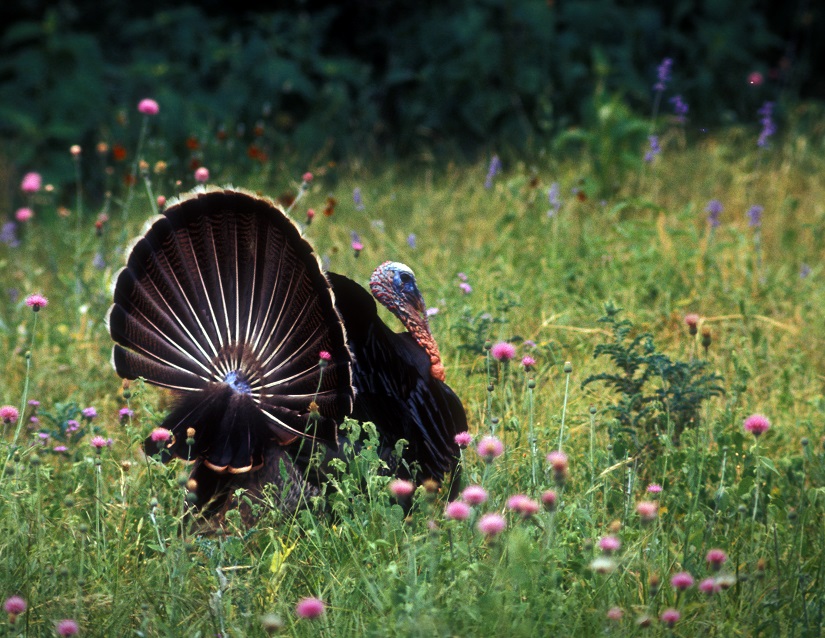

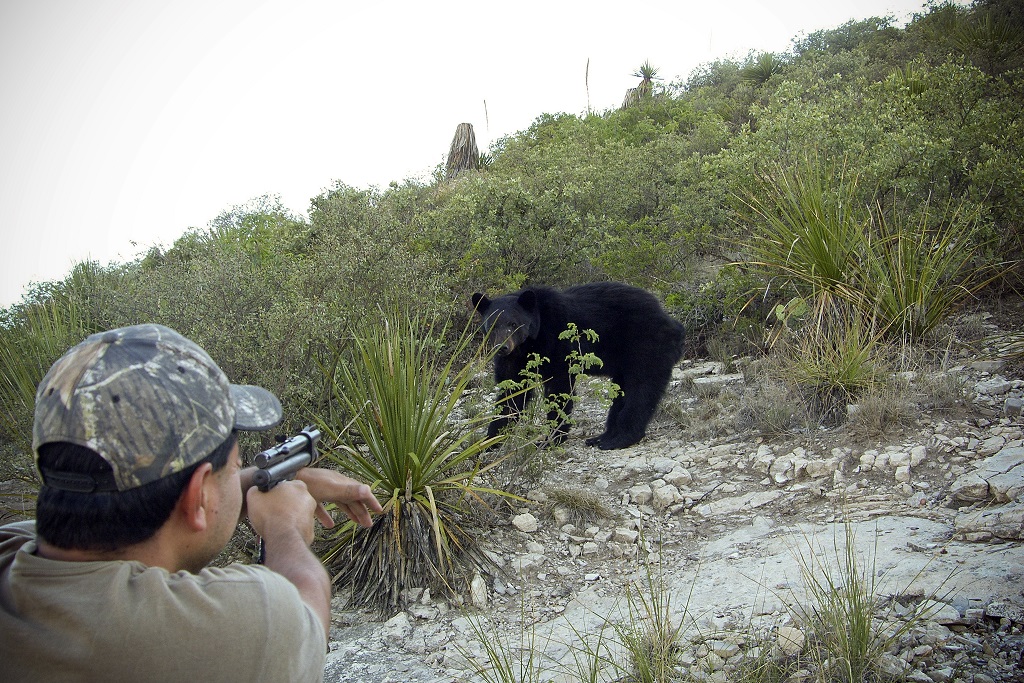
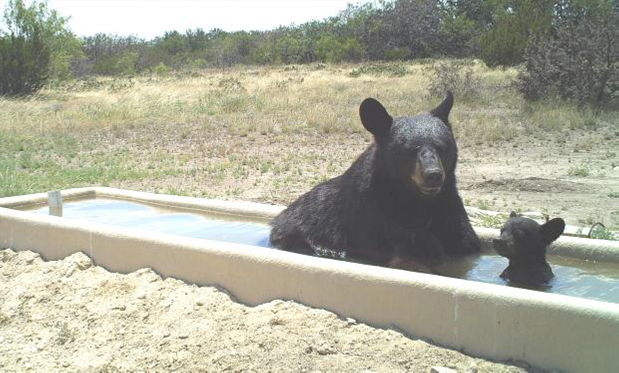
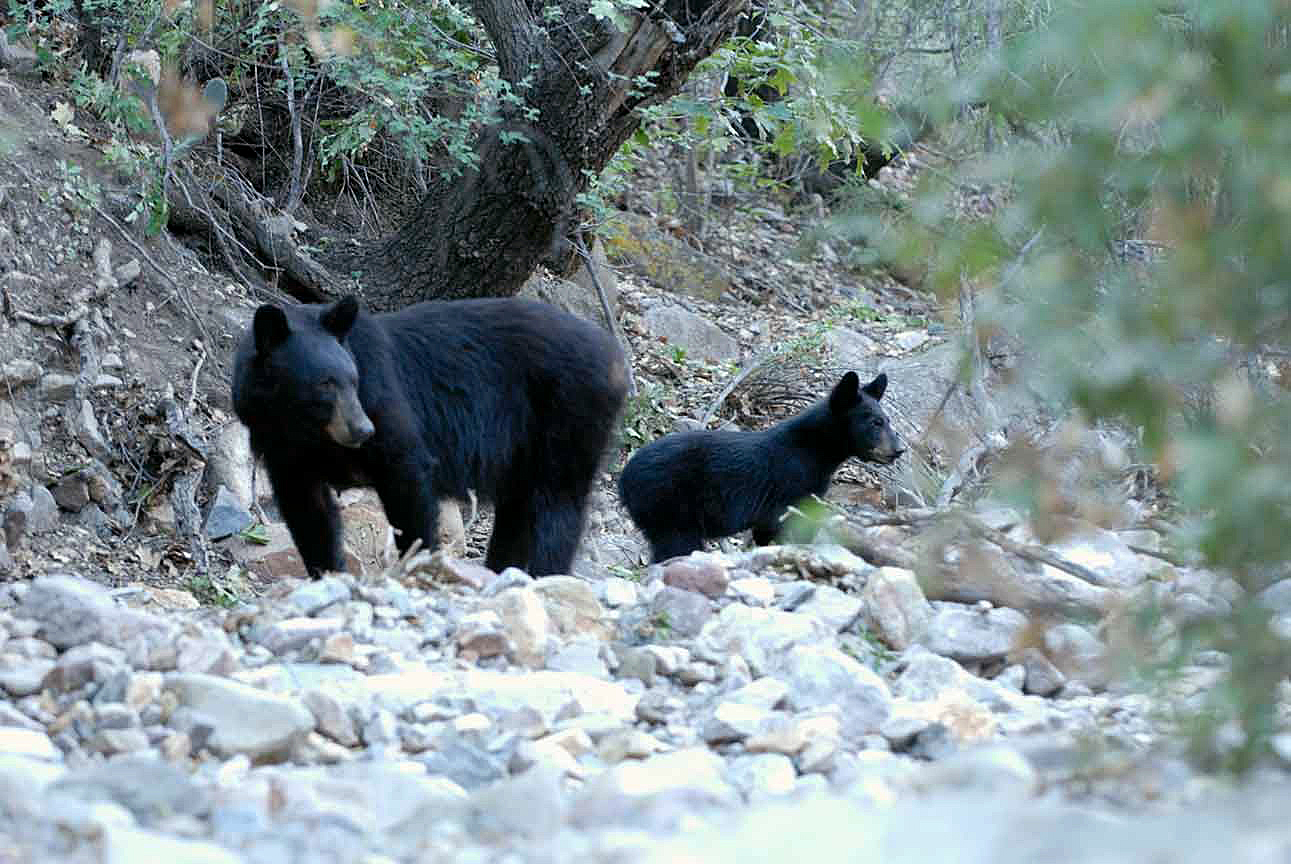
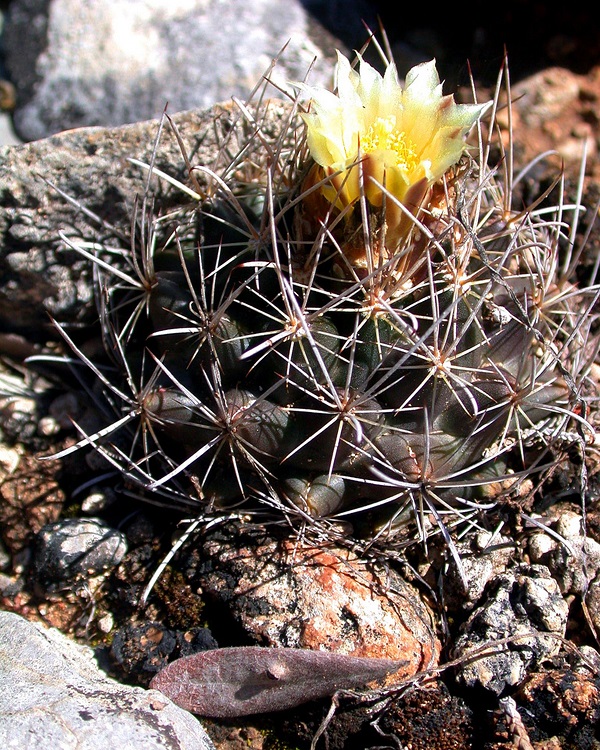

 Passport to Texas is a
Passport to Texas is a  Passport to Texas is made available by:
Passport to Texas is made available by: